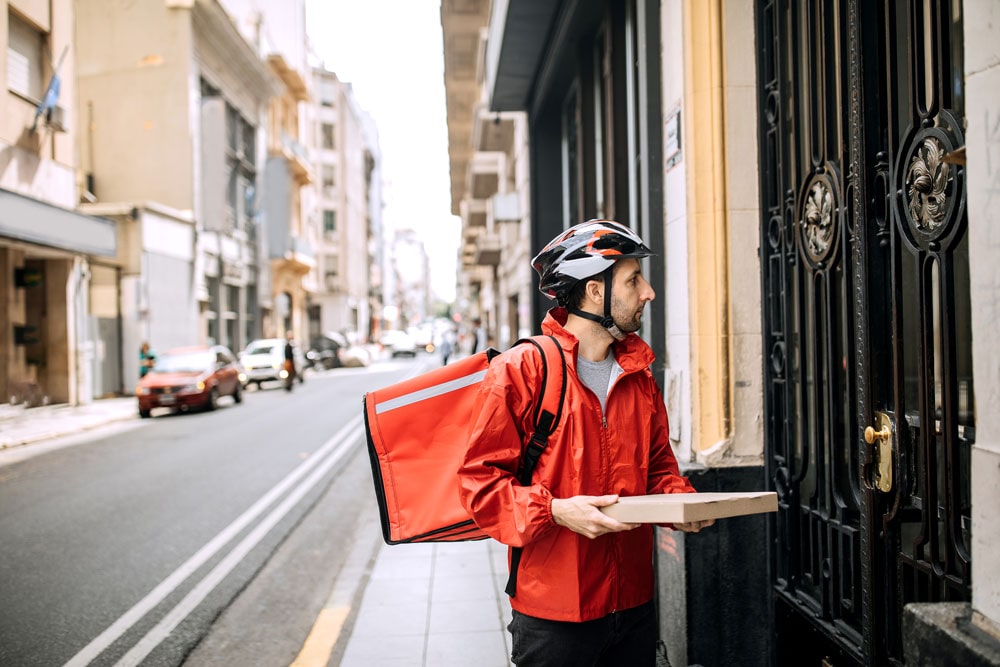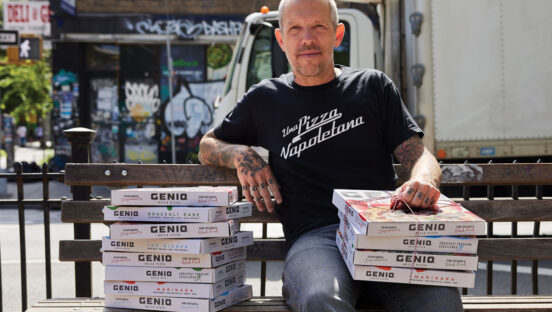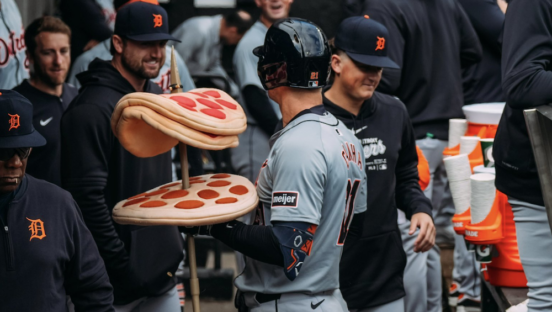By Tracy Morin
Third-party delivery was already a force to be reckoned with when the COVID-19 pandemic struck in early 2020. According to a June report by Upserve, working with a third-party delivery service can increase restaurant sales volume by 10% to 20%, while overall delivery sales are predicted to grow every year by more than 20%, to $365 billion worldwide by 2030 (from $35 billion today).
On the other hand, some 2020 stats showed a decline in the popularity of third-party delivery: Apptopia reported last March that despite “consistently strong growth” for food delivery apps like DoorDash, Uber Eats, Grubhub and Postmates in recent years, monthly active users had fallen by 13.3%, and sessions had dropped 17.7%, since May 2019. But in the era that brought us stay-at-home orders, social distancing, reduced dining-room capacities and the desire for contactless deliveries, third-party services remain an attractive option for new and experienced operators alike—including those who never offered delivery before.
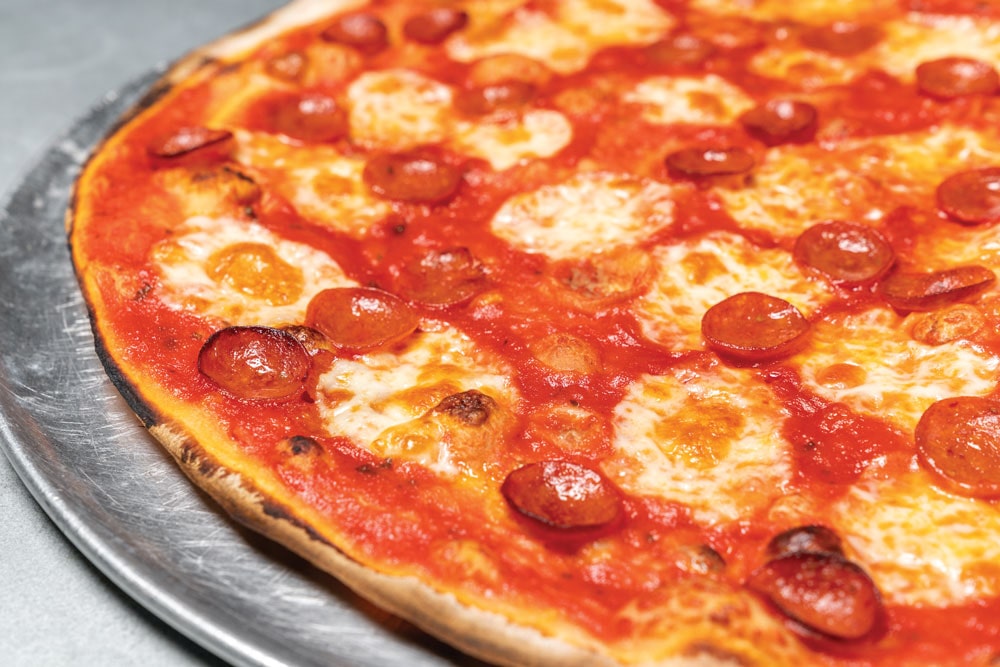
NoNo’s Pizzeria, opening at the height of the COVID-19 pandemic, was prepared to partner with third-party delivery companies to ensure early success.
The Rules of Thirds
For NoNo’s Pizzeria in Miami Beach, Florida, opening day in June looked anything but normal, thanks to COVID-19. Owner Michael Liebowitz knew he’d have to partner with third-party delivery platforms like Uber Eats and Grubhub. “Given the current climate and the growing demand for food delivery, we wanted to give our customers the same fast-casual experience, but from the comfort of their home,” Liebowitz explains. “Partnering with these platforms also allows us to give back to the community and provide jobs to delivery drivers—a win-win situation. They’re familiar to our customers and are user-friendly, so it was easy to jump on board with our concept.”
Third-party delivery appeals to longstanding pizzerias as well. Grimaldi’s Pizzeria, an established icon in Brooklyn, New York, had never offered delivery in its decades-long history, but the pandemic forced a rethink. “On any given day prior to COVID-19, you would see a line of guests on the sidewalk waiting for a table, but when the pandemic started, everything changed,” says Joseph Ciolli, CEO of Grimaldi’s Pizzeria. “We knew we would have to be nimble, creative and resourceful in order to weather the storm. We understood the value in partnering with third-party delivery services like DoorDash, Grubhub and Uber Eats, especially during a time when delivery (and takeout) was all that was available.”
“Partnering with third-party platforms allows us to give back to the community and provide jobs to delivery drivers—a win-win situation. They’re familiar to our customers and are user-friendly, so it was easy to jump on board with our concept.”
— Michael Liebowitz, NoNo’s Pizza
Though the process of adding delivery via third parties “was definitely a new experience,” Ciolli admits, he didn’t find the transition difficult, thanks to the companies’ finely honed onboarding experience. “These third-party services are extremely skilled at what they do, and our team is flexible, efficient and willing to adapt,” he says. “We had to adjust at the beginning to accommodate, but since the dining room was closed, it was a pretty seamless transition. Our Brooklyn-area guests were thrilled to be able to order delivery from us for the first time, and we’re proud to continue serving our guests despite the pandemic.”
In fact, within five minutes of switching on the new delivery capabilities, Grimaldi’s Pizzeria was already receiving orders. Meanwhile, the newbie, NoNo’s Pizzeria, used the power of social media to get the word out about its various delivery platforms and encourage its customers to order in the way that’s most convenient for them.
Though the pizzeria itself was new to delivery, the Grimaldi’s staff had extensive experience working in the restaurant industry, so the service was not entirely foreign to the team. Ciolli reports that the third-party partners have been great to work with and even offered certain perks. For example, DoorDash supported the pizzeria by offering free delivery to all users on Saturdays at no cost to the restaurant, while Uber Eats ran a buy-one-get-one-free 12” pizza promo to help boost sales. But Ciolli believes the biggest benefit (in New York City as well as its locations around the country) has been being able to offer a contactless experience to guests.
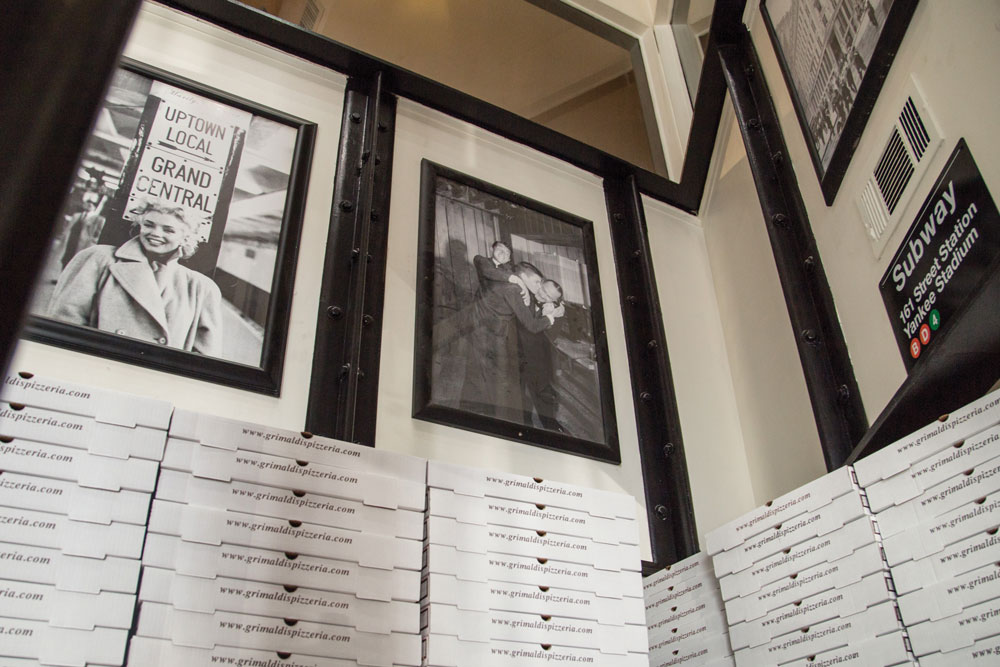
Despite opening its doors for decades to dine-in customers, Grimaldi’s Pizzeria now finds itself operating with 100% carryout and delivery, with help from third-party providers.
However, Ciolli does offer some advice for other restaurant owners looking to explore third-party delivery. “When starting up, you may encounter some operational challenges,” he warns. “Keep the lines of communication open to adjust prep times, order pickup instructions and delivery radiuses until you find what works best for your business. Our partners have been extremely helpful in this regard.”
For Grimaldi’s, stepping into the delivery business through third parties was a risk worth taking, as the restaurant was nearly 100% dine-in at its Brooklyn location prior to COVID-19; now, the business is 100% carryout and delivery. “Without delivery, our sales would have suffered greatly, so partnering with companies like DoorDash and Uber Eats has had a huge positive impact in keeping the location up and running and our staff members employed,” Ciolli concludes. “It also provides us with another way to serve our guests who are not comfortable visiting the restaurant at this time. Even post-COVID, as long as we have the capacity to do so, we will continue offering delivery.”
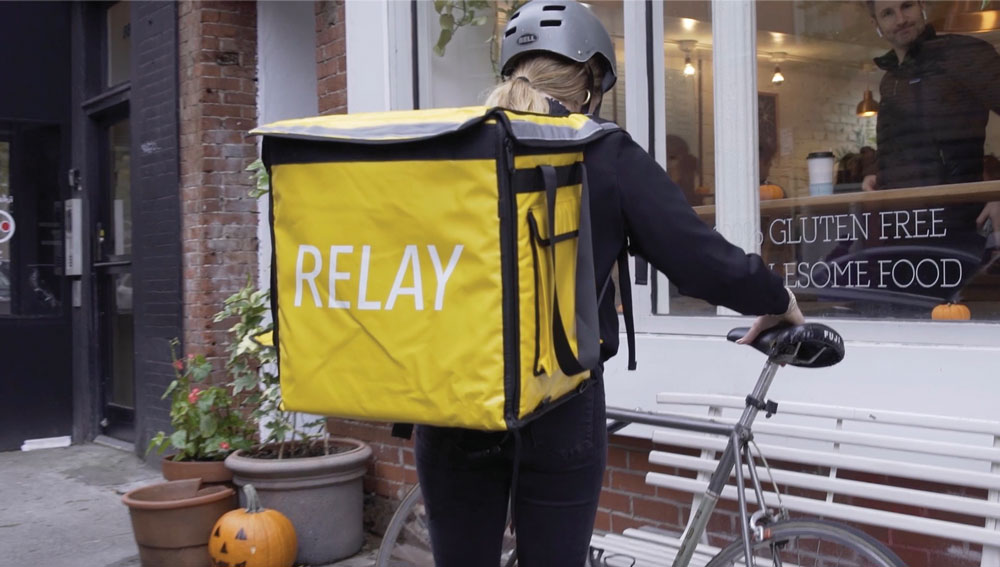
The historic John’s of Bleecker pizzeria in New York City partners with an on-demand courier service to quickly deliver pies on the city’s crowded streets.
Emerging Alternatives
Third-party deliveries, of course, have had their well-publicized issues. The companies may take a large chunk of profits, and operators have complained of ill-equipped drivers and rude behavior. Many believe that working through third parties removes the sense of hospitality and personal connection that so many independent pizzerias thrive on. Even customers have proven dissatisfied, with Reuters reporting last April that three New York-based consumers filed a class-action lawsuit against Grubhub, DoorDash, Postmates and Uber Eats for tacking on “exorbitant” fees to process delivery orders.
With turmoil stirring up the third-party delivery business, it was only a matter of time before others would hop on board to compete with the major players. One of these was started by David Litchman, a Chicago-area restaurateur and founder of BellyMelly, which was designed to help local operators compete with third-party sites. The service charges a processing fee of 3% per takeout or delivery order, and the app helps owners donate a portion of the bill to charity. “I’ve spent more than 30 years in the restaurant industry and have seen firsthand how third-party technologies—and their hidden fees, penalties and charges—can cause serious problems for local restaurants,” Litchman says. “We want to help local restaurants thrive, instead of pocketing a large commission at the expense of our restaurant partners.”
“I was looking for a way to make our delivery more efficient. The biggest benefit [of third-party delivery] is the speed with which we’re able to fulfill orders.”
— Ben Sheedy, John’s of Bleeker

New third-party delivery services are now cropping up to compete with the more established names in the delivery business.
For takeout or delivery, a customer orders from a local restaurant using the BellyMelly app or online portal and, upon checkout, the user selects from a list of local community organizations to donate a percentage of the sale price, at no cost to the user. Each restaurant then decides an appropriate percentage to donate to its community partner of choice—anything from nonprofit organizations to local schools—and BellyMelly collects payment, sends the profit to the restaurant, and shares donations directly with the community organization.
Meanwhile, in high-traffic New York City, Philadelphia and Washington, D.C., Relay offers another alternative to third-party delivery companies. The on-demand service dispatches couriers to restaurants when they have pending orders for delivery. “We can help restaurants bring deliveries in-house (customers can order directly from their website or over the phone), but we can also help them deliver orders from online platforms,” notes Marissa Venuto, senior account executive, sales and partnerships, for New York City-based Relay. “Pizza is one of the most popular and difficult items to deliver, so all of Relay’s couriers are prepared with the proper equipment, including pizza racks and bags.” Generally, Relay charges restaurants a flat fee, so the restaurant can pass it along to the customer in the form of a delivery fee, if desired.
John’s of Bleecker, a historic pizzeria in Manhattan, now taps Relay for its delivery services. In a video testimonial, John’s representative Ben Sheedy said, “I was looking for a way to make our delivery more efficient. The biggest benefit…is the speed with which we’re able to fulfill orders.”
Ultimately, whether you choose one of the big-name companies or an up-and-coming competitor, check the fine print on fees, charges and policies; ensure customer service is top-notch, in case there’s an issue; and consider passing along at least some of the surcharges to customers so you’re gaining, not giving up on, profits. With the proper procedures in place, third-party services could prove a significant moneymaker for years to come at your operation.
Tracy Morin is PMQ’s senior copy editor.



